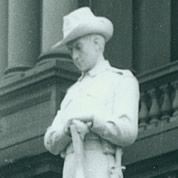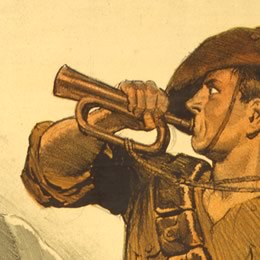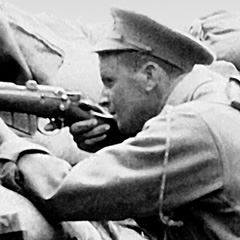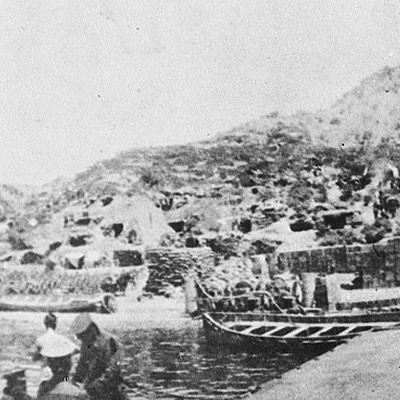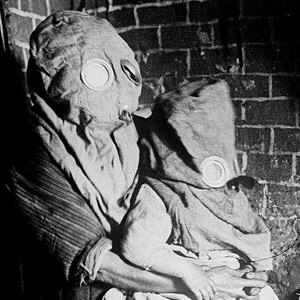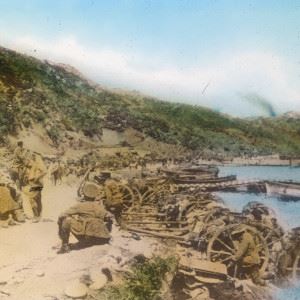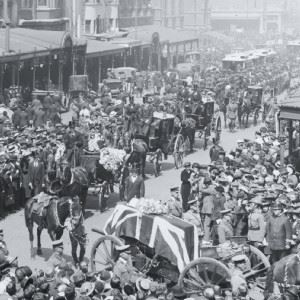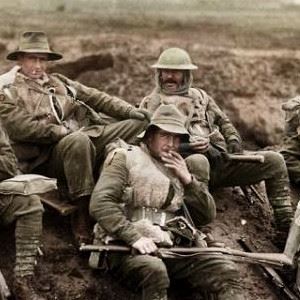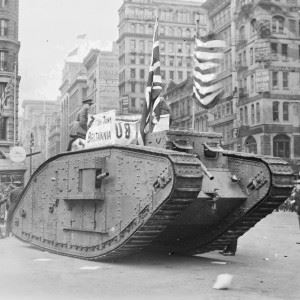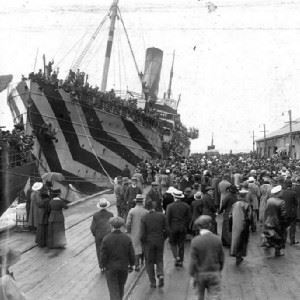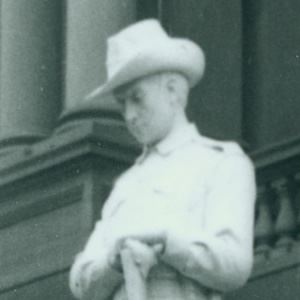Outbreak 1914
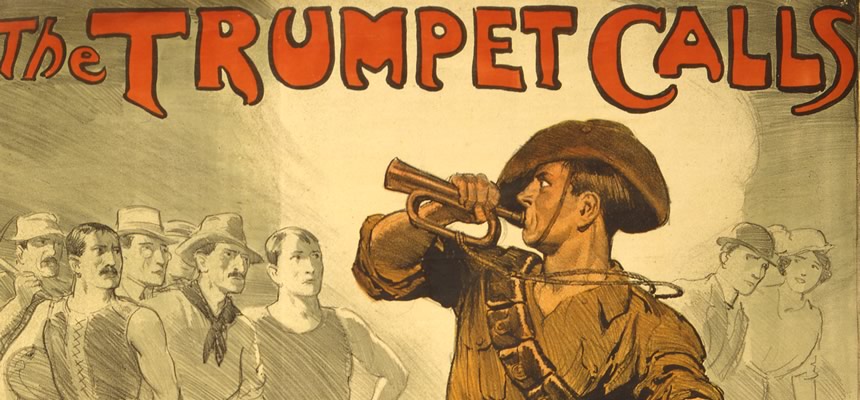
World War I lasted over four years and caused the greatest loss of life in Australian history. The impact of the war in Newcastle and the Hunter is still felt today.
Outbreak
On June 28 1914, a Serbian nationalist assassinated the heir to the Austro-Hungarian Empire. The European balance of power became unsettled and national armies mobilised. All attempts at diplomacy failed.
In retaliation for the assassination, Austro-Hungary, with German support, declared war on Serbia. Russia mobilised in alliance with Serbia, which caused Germany to declare war on Russia and then four days later on Russia’s ally, France.
Germany's invasion of neutral Belgium pushed British opinion in favour of war. On 4th August 1914, the British Empire, including Australia, declared war on Germany.
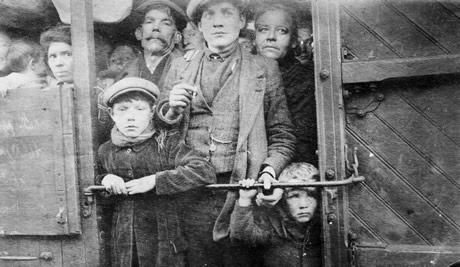
Image courtesy of Ida Greaves Collection
Europe 1914
Thousands of innocent bystanders were killed in the first months of the war. In Serbia, Austro-Hungarian forces killed an estimated 4,000 civilians in the opening invasion. As Germany marched through Belgium, the army burned homes and buildings, assaulted civilians and executed over 5,500 Belgians.
War in Newcastle 1914
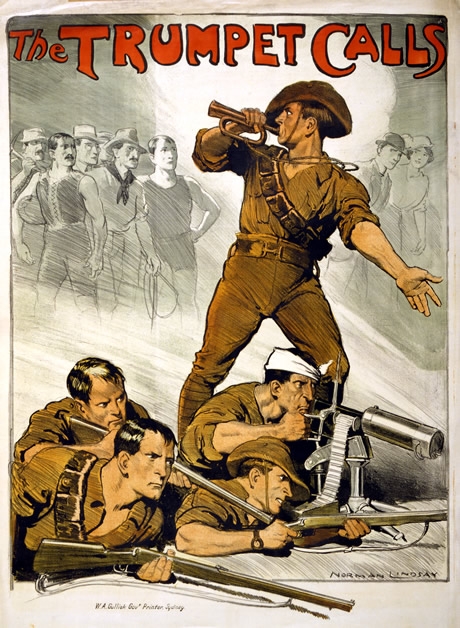
Image courtesy of Library of Congress
The Home Front recruited troops, mobilised industry and fund-raised for supplies.
At the outbreak of World War I, the popular press was supportive and people gathered in the streets outside the Newcastle Herald offices to hear the latest news bulletins.
The city prepared itself for war. The Permanent Artillery at Fort Scratchley was put on alert and German shipping in Newcastle Harbour was detained.
Across Australia, the War Precautions Act was introduced in October 1914. This gave the government control over the media, the economy and trade, and enforced the internment of Australian residents considered a danger to the war effort including German and Austrian born citizens.
The Rush to Enlist
.jpg.aspx?lang=en-AU)
Following the declaration of war, the Australian Imperial Force was formed and Australia promised 20,000 troops to assist in the war effort. The rush of volunteers meant this target was reached within the first month. 52,561 men had enlisted by the end of 1914.
Did you know?
97% of all Australian meat was exported to Britain during the war.
Australia’s War 1914
The First World War was fought on the battlefields of Europe, in colonial Africa, the Pacific Islands, the Middle East, Asia and at sea. It was the first truly global war, and within weeks Australians were fighting the enemy close to home.
The German presence in the Pacific threatened Allied communication and the transport of Australian and New Zealand troops and trade. In some of the first non-European battles of the war, Australian forces were instrumental in diminishing this danger.
In September and October 1914 the Australian Naval and Military Expeditionary Force attacked and occupied German imperial possessions in the Pacific and destroyed their lines of communication.
The following month saw Australia’s first naval victory with the sinking of the German cruiser SMS Emden. The Emden had sunk or captured 21 Allied vessels since the outbreak of war, and her destruction was strategically significant in enabling the transport of troops.
War Poetry: ‘For the Fallen’
Poetry was a popular pastime in an age without television, phones, internet or radio. One of the most poignant and enduring poems of the war was written only seven weeks after conflict was declared.
'For the Fallen' by Laurence Binyon has become perhaps the most quoted war poem. The fourth verse is still used today for remembrance services in Australia and many other countries across the world.
They shall grow not old, as we that are left grow old:
Age shall not weary them, nor the years condemn.
At the going down of the sun and in the morning
We will remember them.
'For the Fallen' was first printed in The Times newspaper in London September 1914
Legend or Legacy? The Christmas Truce
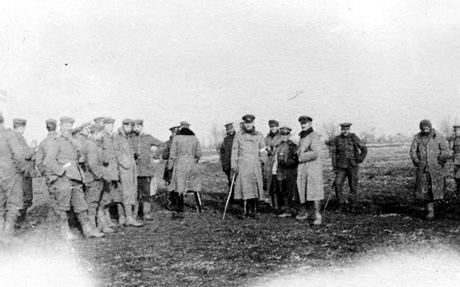
British and German troops meeting in No Man's Land during the unofficial truce
Photograph by Harold B Robson from the collections of the Imperial War Museum (Q 50719)
Did enemy soldiers really play football in no-man's land during the first Christmas on the Western Front?
Yes, they did. Late on Christmas Eve 1914 German troops started singing songs and waving lanterns from the trenches, and the following day a truce existed along much of the Front. Enemy soldiers exchanged gifts, took photographs and even played football. Both sides also took the opportunity to bury their dead and repair trenches before the fighting continued.
Personal Stories
Ray Hobden
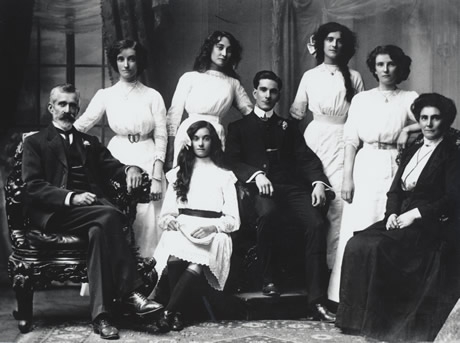
Ray Hobden was born in Waratah, the only son of seven children. He was working on a farm in Inverell in 1914, and enlisted with the 1st Light Horse Regiment within days of the outbreak of war. He travelled to Sydney to enlist. He embarked on the troopship Star of Victoria on 19 October 1914 as part of the first convoy of ANZACs to leave Australia.
Private Hobden disembarked in Egypt 8 December 1914, where the regiment trained for the next few months. The 1st Light Horse Regiment was to provide reinforcements for Gallipoli in May 1915. Ray was one of fourteen men from the extended Hobden family, who enlisted for the war.
Matron Ida Greaves
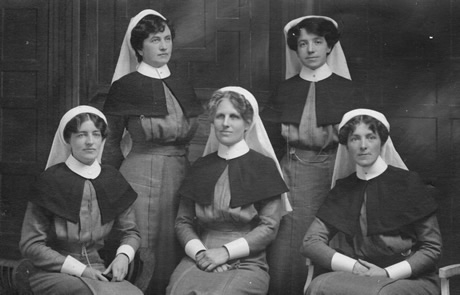
Portrait of members of Australian Voluntary Hospital
(Matron Greaves seated in centre) just before departure to France
Matron Ida Greaves qualified in nursing at The Royal Newcastle Hospital in 1904. She volunteered with the Australian Voluntary Hospital at the outbreak of war and was one of the first Australians to serve in Europe and continued her service from August 1914 to March 1919.
When Matron Greaves arrived in France at the end of August 1914, Belgian and French civilians were fleeing German occupation and the Allies were suffering significant losses fighting Germany's advance.
When writing to her family about the soldiers retreating from the Battle of Mons she said:
You can’t imagine anything so pathetic… Their faces will always haunt me. [They] had been lying about for days without any attention or food and then three or four days in the train…

